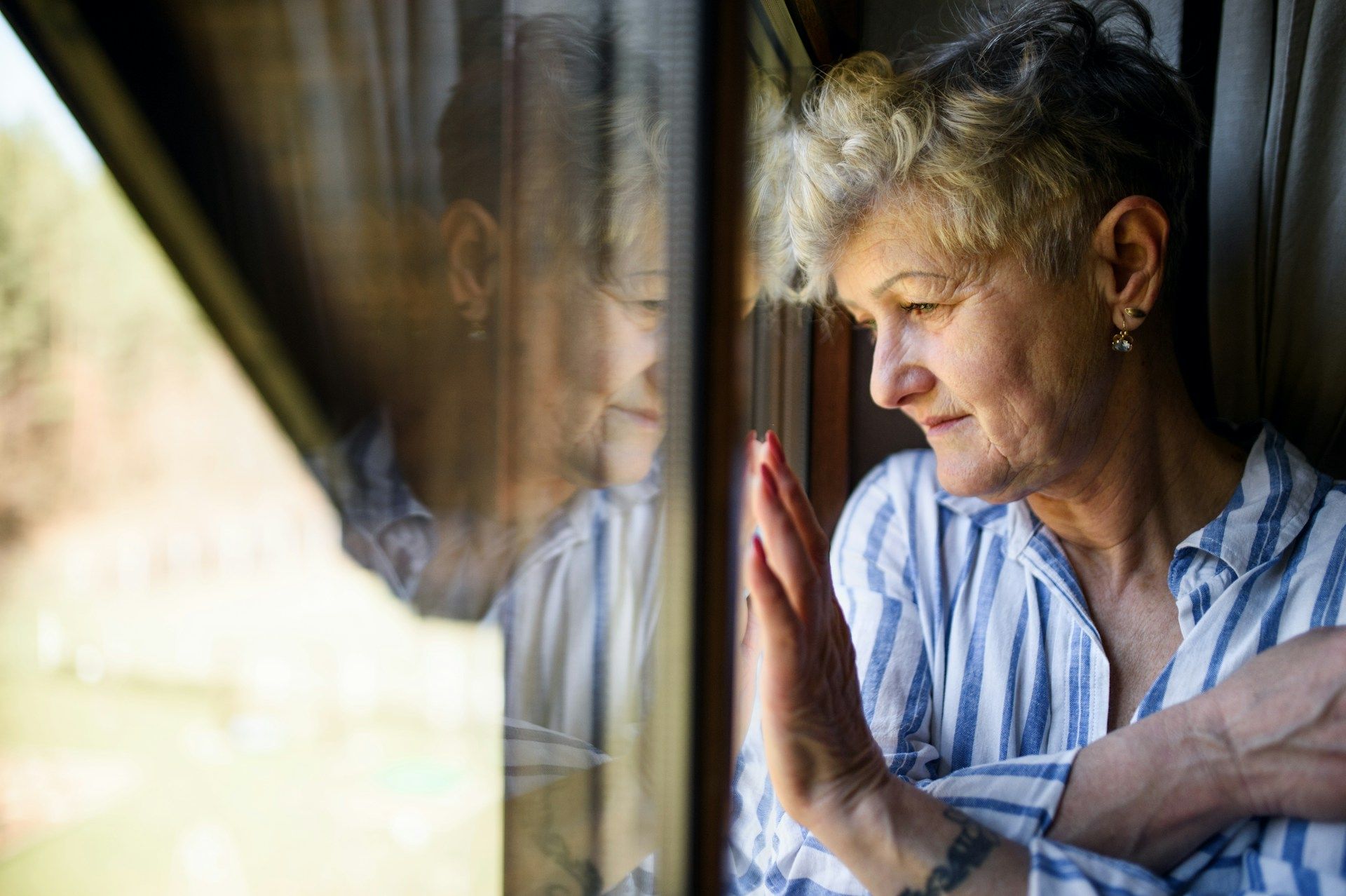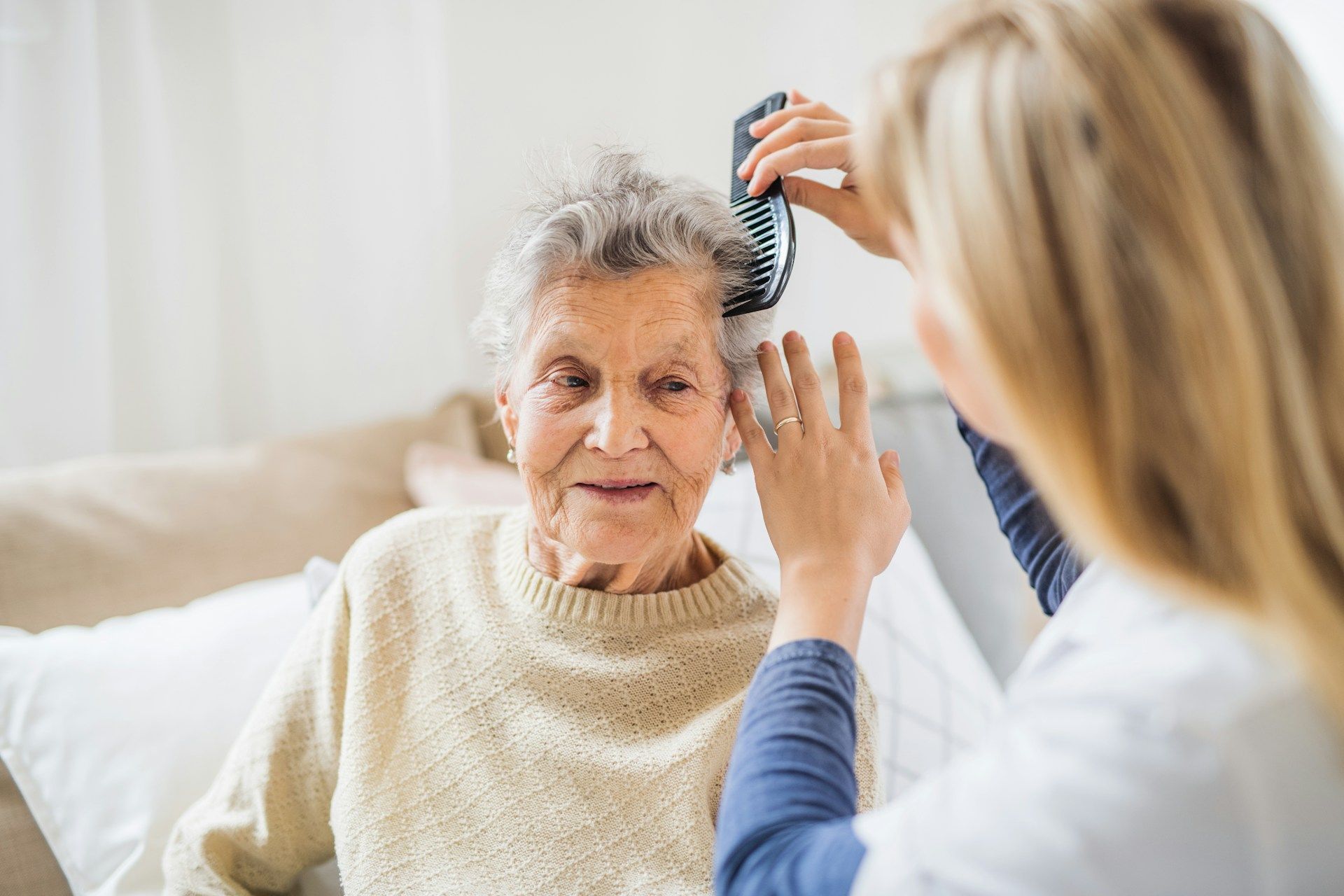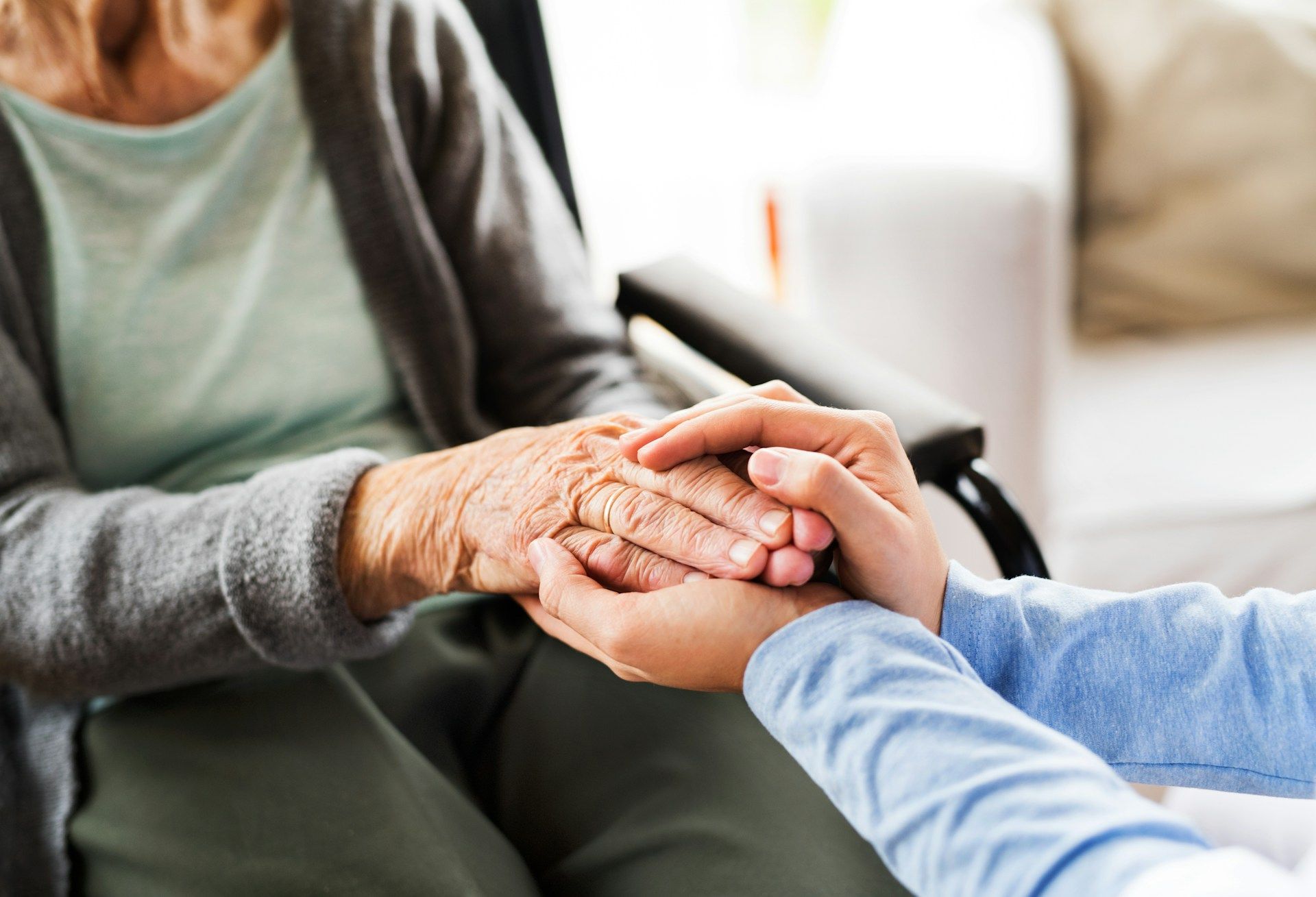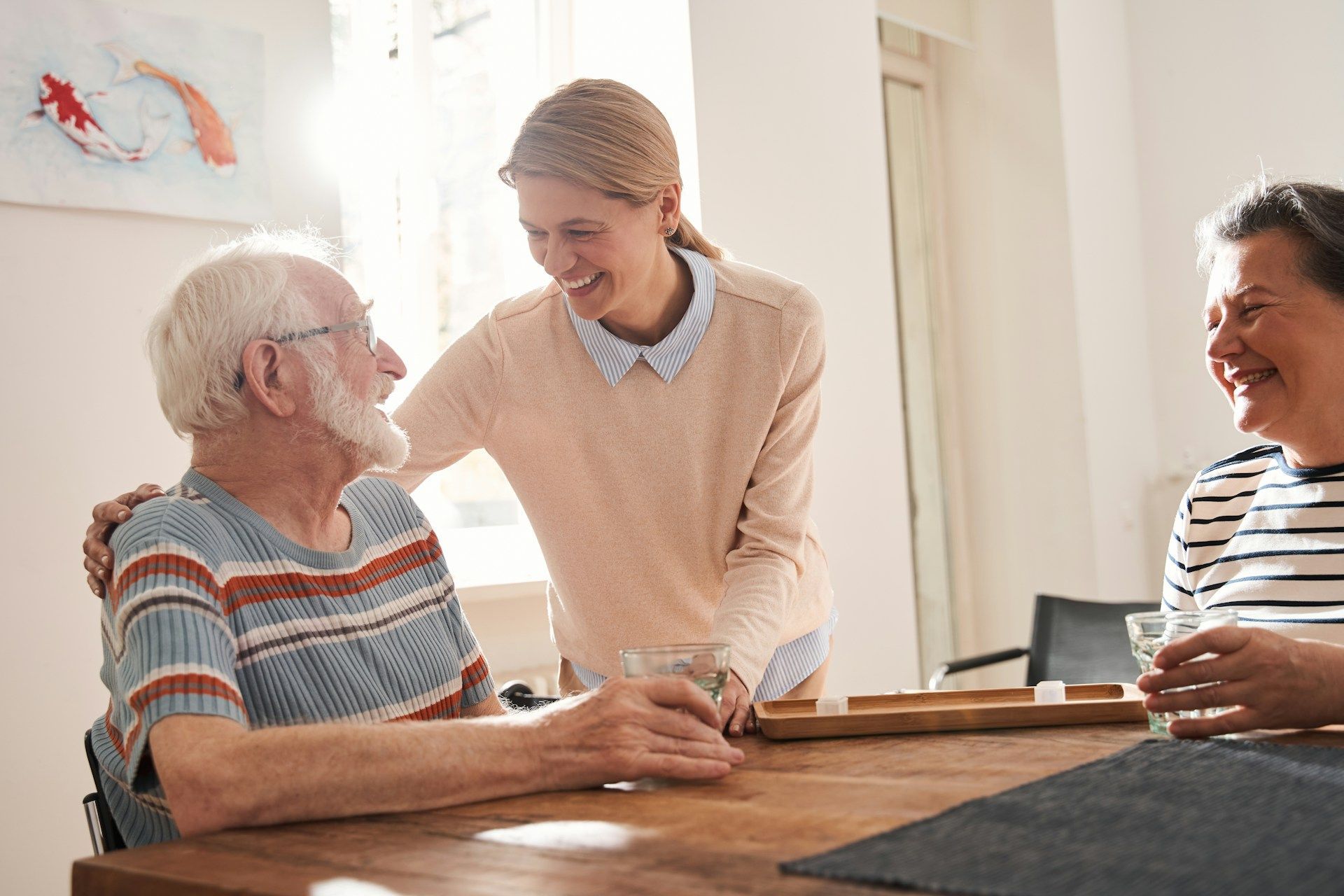Making Your Home Senior-Friendly: A Room-by-Room Guide
Aging in place has become a priority for many families across Oahu. Seniors often prefer the comfort of staying in their own homes rather than moving into a care facility. But as people age, everyday spaces can become less accommodating and even pose safety risks. Small changes around the house can go a long way in helping older adults maintain their freedom while staying safe and comfortable.
The good news is that making a home more senior-friendly doesn’t have to mean a complete remodel. With a little planning, caregiving families can adjust rooms to match the needs of aging adults, making sure they’re safer and easier to move through. This room-by-room overview will walk you through simple steps to improve accessibility and reduce risks in each part of the house.
Entryways and Living Rooms: Ensuring Accessibility and Ease of Movement
Entry points and common living spaces should be set up in a way that allows for easy and safe movement. It’s where guests are welcomed and where many seniors spend most of their day, so comfort and support need to come together in the design.
Focus on the floor first. Choose slip-resistant flooring at each entry, especially if shoes are typically removed indoors. Outdoor mats should lie flat, and thresholds between rooms should be level or low-profile. If steps lead into the house, even just one, adding a ramp with a gentle slope makes things easier for mobility aids like walkers or wheelchairs.
Inside the living room, keep pathways wide and clear. Remove low furniture like footstools or side tables that sit in walkways. Rugs should either be secured with non-slip pads or removed to prevent tripping. Arrange furniture so there’s enough room to move around without bumping into corners or edges.
A few more helpful additions:
- Install handrails next to entryways or stairs for added balance support
- Replace low or deep seating with firm chairs that are easy to get in and out of
- Make sure all light switches are easy to reach and rooms are well-lit with either natural or artificial light
A simple example would be swapping out a bulky coffee table that blocks the pathway to the sofa with a smaller one tucked to the side. It opens up the space and reduces the risk of bumping or stumbling.
Kitchen: Designing a Functional and Safe Space
Seniors often love staying active by preparing their meals, but many kitchens aren't designed with aging hands or limited mobility in mind. Adapting the kitchen doesn’t require tearing out cabinets or buying all new appliances. Start by thinking about how to make the space practical without adding physical strain.
Keep daily-use items within reach. This includes dishes, spices, gadgets, and tools. Store them between waist and shoulder height so there's no need for bending down low or stretching up high. Avoid placing heavy items on top shelves or deep in lower cabinets where they’re hard to reach.
If any appliances need to be replaced, look out for basic safety features like automatic shut-off functions or cool-touch surfaces. These features can add a sense of control and security when cooking. Microwave ovens that open from the side rather than from above are easier to manage, especially for those with arthritis or reduced strength.
Good kitchen safety also means looking at the floor:
- Place slip-resistant mats near the sink and stove where water or splatters are more common
- Tape down edges of mats so they don’t lift up
- Avoid rugs with high piles or thick borders that catch on shoes or walkers
Extra lighting under cabinets or above work areas makes it easier to see knives, spills, and controls. Swapping small handles or knobs for wider, easy-to-grip ones can also make a big difference when fingers don’t move like they used to.
These small upgrades help keep the kitchen a place where seniors can still enjoy preparing their food with less worry.
Bathroom: Enhancing Safety and Convenience
Slippery floors, tight spaces, and hard surfaces make bathrooms one of the most dangerous places for older adults. With a few smart changes, the space can be much safer and easier to move through. Start by focusing on the shower or bathtub. Adding grab bars on the wall near the tub and inside the shower gives people something to hold onto when climbing in or out. Choose models that can support body weight and place them at reachable heights.
Non-slip materials also matter. Install textured adhesive strips or mats in the bath area and on the floor directly outside it. These help prevent slipping when the floor gets wet. Raised toilet seats can make a big difference, especially for people with knee or hip issues, since they reduce the amount of bending required. A walk-in shower or tub is another strong option if there’s room in the budget for a bigger project.
Make sure the bathroom is easy to use without extra stretching or reaching. Here’s a quick list of adjustments that improve convenience:
- Use open shelving or accessible baskets to store daily toiletries
- Hang towel hooks or bars close to the shower and sink
- Add a shower seat to support those who can’t stand for long
Lighting is another part of safety. A well-lit bathroom, especially for those getting up at night, reduces chances of falls. Installing a nightlight or motion-activated light near the doorway helps guide the way even when the main lights are off.
For example, a family on Oahu replaced their traditional bathtub with a curbless shower setup, allowing their grandfather to roll his walker straight in without help. This change gave him back his independence and took away the fear of slipping.
Bedroom: Creating a Comfortable and Accessible Environment
The bedroom should feel peaceful and safe, not like an obstacle course. Since this is where most seniors begin and end their day, the layout should support ease of movement and sleeping comfort. Start by checking the bed’s height. It should be high enough to sit on easily but not so high that feet dangle. A sturdy bed frame and mattress that doesn’t sag in the middle can help with getting up and down.
Clear walking paths are important, especially around the bed where movement often happens in low light. Remove unnecessary furniture and boxes that might collect near the walls or under the bed. If mobility aids like walkers or canes are used, leave enough space for turning and maneuvering without bumping into things.
Make the room easier to use for aging adults by reviewing the following:
- Place frequently used items like glasses, phone chargers, or water on a bedside table
- Make sure the table has stable legs and rounded edges to avoid sharp bumps
- Use nightlights or plug-in lights that automatically turn on in low light
Lower-drawer dressers or open clothes racks can make getting dressed less frustrating. Closets with pull-down rods or adjustable shelving are even better if changes can be made. Finally, think about color and layout. Use soft, contrasting floor colors to create visual cues for pathways and door frames. This helps those with low vision or depth perception issues.
Finding Comfort and Confidence at Home
Aging in place on Oahu means finding the right balance between independence and safety. Whether you're updating the kitchen or placing grab bars in the bathroom, every room can be improved with the needs of older adults in mind. These updates, large or small, can make daily life easier and bring peace of mind to caregivers and family members.
While big changes aren't always possible overnight, starting with small adjustments in one room can lead to big improvements. A clear hallway, a better bed height, or a simple nightlight can be the difference between a risky night and one that ends calmly. Supporting aging loved ones at home is easier when the home itself works with them, not against them.
Aging in place on Oahu is all about creating a safe and comfortable environment for our loved ones. At Hale Hau’oli Hawai’i, we understand the importance of a supportive living space and offer resources to help. Discover how our services can make a difference by exploring how
aging in place on Oahu can be supported through meaningful programs that enhance the lives of seniors and provide much-needed relief for caregivers. Reach out to us today to learn more about how we can assist in creating a positive aging experience for your family.




